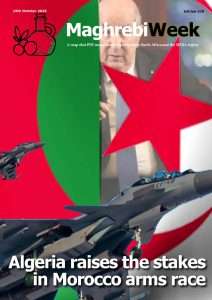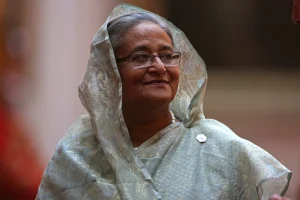Israel’s Netanyahu vows to continue Gaza war

Israeli Prime Minister Benjamin Netanyahu speaking during a televised interview on Channel 14.
Israeli Prime Minister Benjamin Netanyahu said on October 19th that the Gaza conflict would continue until Hamas was fully disarmed and the territory demilitarized according to Asharq Al-Awsat.
Earlier in August, an Egypt-Qatar ceasefire proposal aimed to halt fighting and enable the partial release of hostages in Gaza. Hamas accepted the plan, which followed a previous US envoy initiative for a 60-day ceasefire. But Defense Minister Israel Katz approved a plan for a full occupation of Gaza City, displacing thousands. Domestic protests emerged, and some conscientious objectors refused to commit to military service in objection to the war.

By mid-October, Hezbollah framed the Gaza ceasefire as evidence of the strategic value of armed resistance. Youssef Al Zein, head of Hezbollah’s media office, highlighted Hamas’ retention of weapons during negotiations, noting that ceasefires cannot guarantee security if one side holds military leverage.
At the same time, international observers stressed the need for sustained engagement to transform the ceasefire into lasting peace. Christine Jardine of The Scotsman noted the relief following hostages’ release and the pause in bombardment but emphasised that a durable resolution requires ongoing pressure on Hamas, Netanyahu, and mediators, including the US, EU, Egypt, and Qatar. Lessons from past agreements such as Oslo and the Good Friday Agreement underline that detailed planning and sustained commitment are crucial to avoid repeating historic failures.
In the context of Israel, Netanyahu used a television appearance to reaffirm political and military positions, announcing his intention to run in the 2026 parliamentary elections. He confirmed that the Rafah crossing with Egypt would remain closed until Hamas complied with the agreed-upon framework for hostage returns and disarmament. Netanyahu’s statements also included rebranding the military operation as “The War of Revival,” emphasising that the campaign would continue until Israel’s objectives were met.
These developments illustrate the multi-layered dynamics of the Gaza conflict: contested ceasefire proposals, regional interpretations of military leverage, political maneuvering in Israel, and international calls for sustained engagement. While the temporary halt in hostilities offers relief for civilians, structural challenges—including asymmetrical power, political calculations, and ongoing humanitarian concerns—continue to complicate the prospects for long-term stability.
Asharq Al-Awsat, The Scotsman, Maghrebi.org
Want to chase the pulse of North Africa?
Subscribe to receive our FREE weekly PDF magazine














